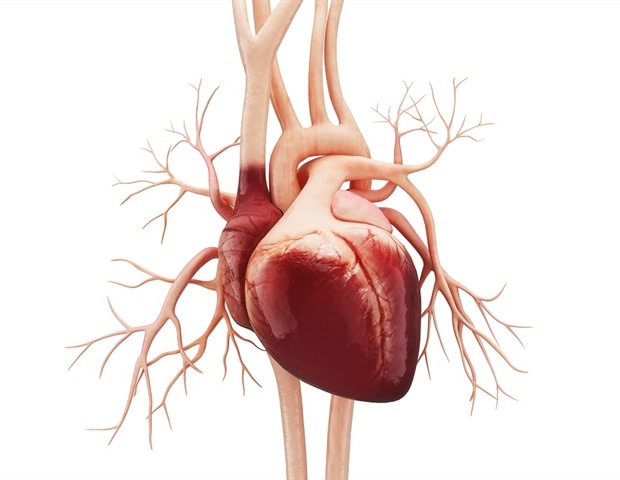In a new publication from Cardiovascular Innovations and Applications, Lei Zhang, Tiewei Lv, Xiaoyan Liu, Chuan Feng, Min Zheng, Jie Tian and Huichao Sun from the Children’s Hospital of Chongqing Medical University, Chongqing, China and the Chongqing Key Laboratory of Pediatrics, Chongqing, China consider a case of pediatric heart failure caused by the anomalous origin of the left coronary artery from the pulmonary artery.
A female patient aged 3 months and 10 days were admitted to the cardiology department due to symptoms of heart failure. According to the echocardiography results, the patient received a diagnosis of primary endocardial fibroelastosis and was treated with γ-globulin, prednisone, digoxin, and diuretics.
Coronary computed tomographic angiography and coronary angiography were performed as there was no improvement after 2 months of treatment. Finally, the patient received a diagnosis of anomalous origin of the left coronary artery from the pulmonary artery (ALCAPA).
ALCAPA is a rare congenital heart defect that can cause severe heart failure during infancy and is easily misdiagnosed clinically. In this report, the authors demonstrate the process of misdiagnosis of the case and review the relevant literature, to improve the understanding and early diagnosis of ALCAPA.
Compscript Ltd
Sun, H., et al. (2020) A Case of Pediatric Heart Failure Caused by Anomalous Origin of the Left Coronary Artery from the Pulmonary Artery: Case Report and Literature Review. Cardiovascular Innovations and Applications. doi.org/10.15212/CVIA.2019.0585.
